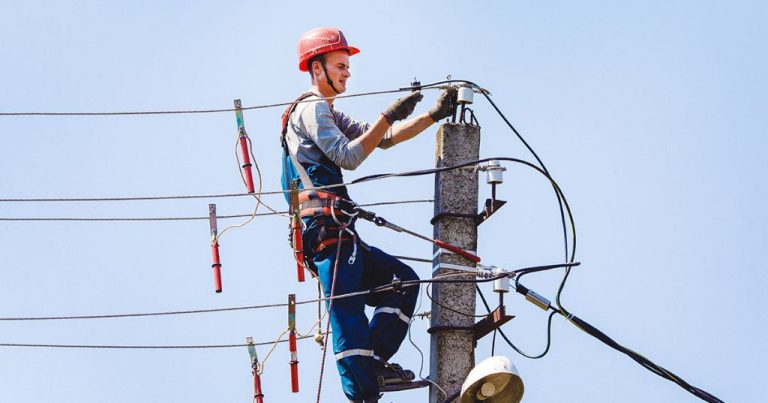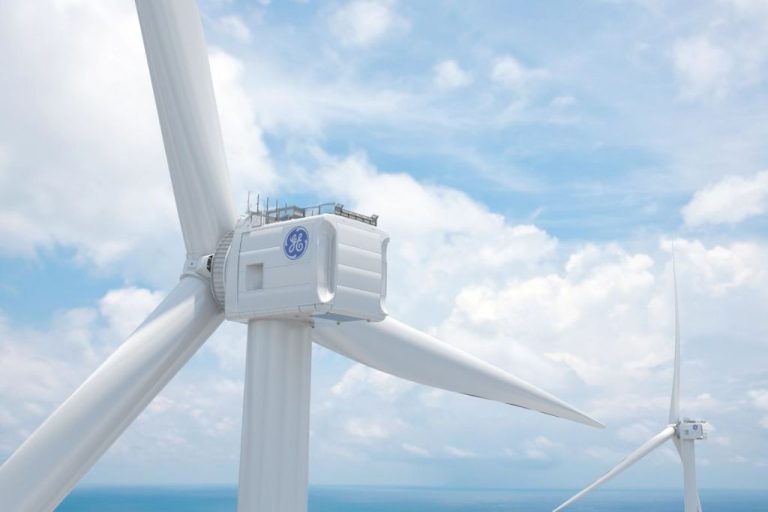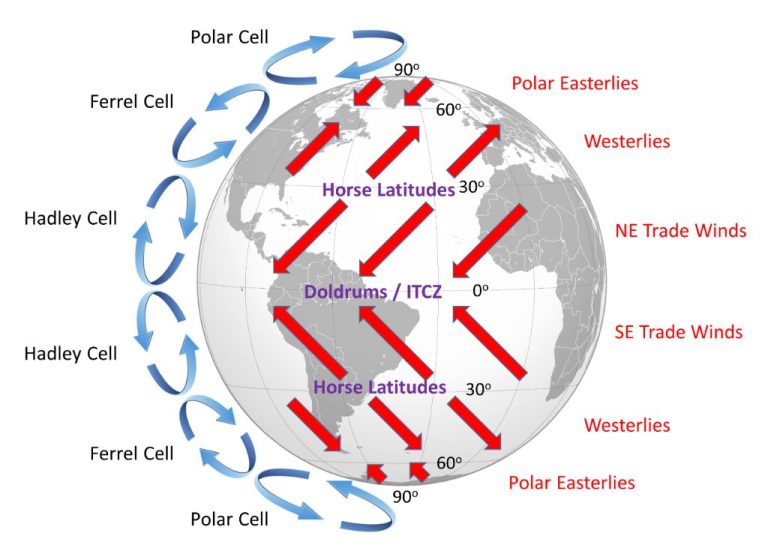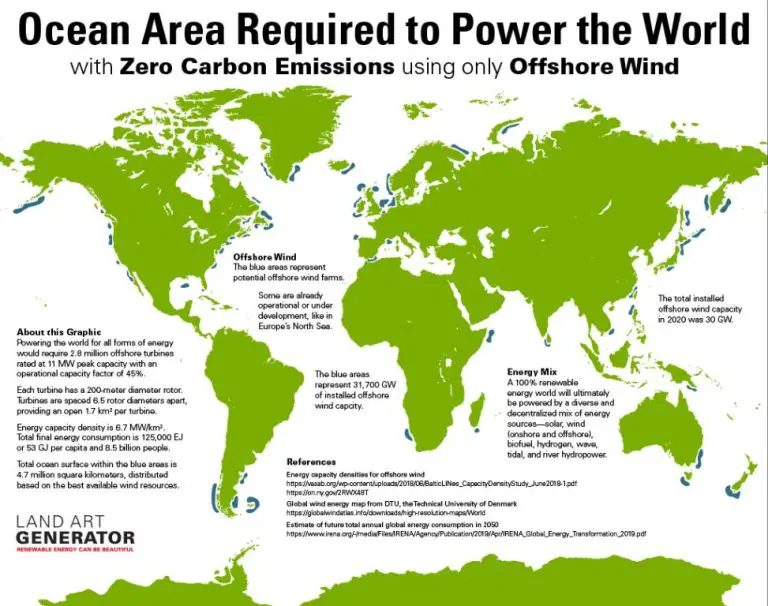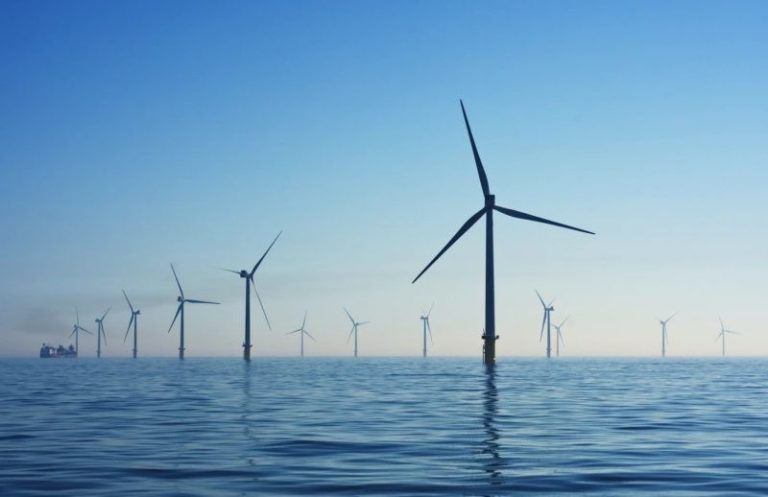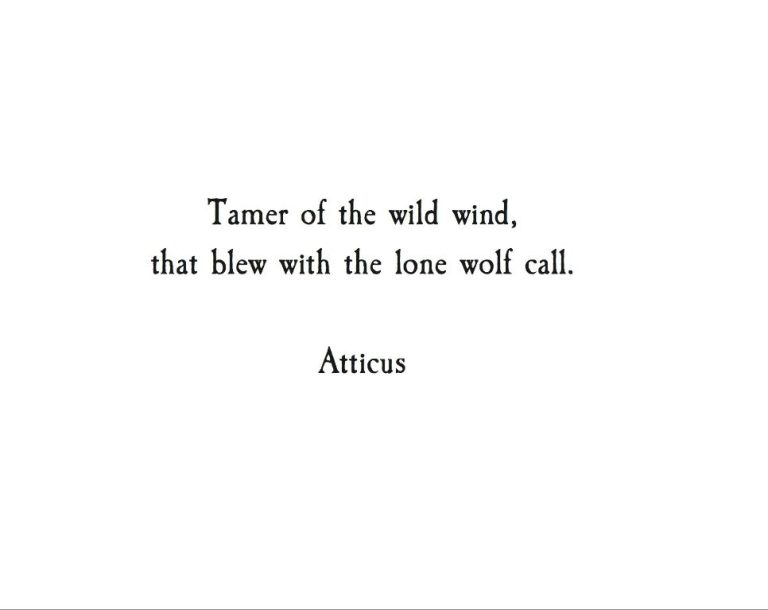What Are The Cons Of Wind And Solar Power?
Intermittency
Wind and solar are intermittent energy sources that rely on weather conditions like the wind blowing or sun shining. This can lead to reliability issues for the electrical grid, as output will vary based on weather fluctuations (1). Because wind and solar can go offline at unexpected times, backup power sources like natural gas plants are often needed to balance any lost power and prevent blackouts (2).
(1) https://energyx.com/resources/what-is-intermittency-in-renewable-energy/
Land Usage
One of the key concerns with large-scale wind and solar farms is the amount of land area they require. Constructing wind and solar projects at a scale to meet a significant portion of energy demand involves using substantial land areas. For example, according to a Washington Post analysis, meeting projected U.S. electricity demand in 2050 through wind and solar would require wind and solar projects spanning over 260,000 square miles, which is approximately the area of Texas. <1>
Some other analyses find lower land requirements, but there is broad agreement that dedicating large contiguous land areas to renewable energy presents challenges. Wind turbines typically require around 60 acres per megawatt of installed capacity. Solar photovoltaic farms require around 7 acres per megawatt, but up to 9 acres when spacing and access roads are factored in. <2>
This extensive land use can disrupt natural habitats and environments. Siting large renewable facilities requires clearing vegetation, constructing access roads, and altering landscapes. While some species can adapt, large renewable projects can fragment habitats, disrupt migration patterns, and harm delicate ecosystems. There are ways to mitigate environmental impacts through careful siting, but utilizing vast land areas for energy production inevitably involves ecological tradeoffs.
Large solar and wind farms also take agricultural land out of production, potentially reducing crop yields and raising food costs. While intersecting energy, land use, and conservation goals is complex, extensive renewable energy development requires balancing environmental and food production needs with increasing clean electricity generation.
<1>https://www.washingtonpost.com/climate-environment/interactive/2023/renewable-energy-land-use-wind-solar/
<2>https://www.nei.org/news/2015/land-needs-for-wind-solar-dwarf-nuclear-plants
Upfront Costs
Both wind and solar power have high upfront infrastructure and installation costs compared to conventional power plants. Building large-scale wind farms or solar farms requires substantial capital investment in land, turbines, panels, inverters, grid connections and more before any electricity can be generated and revenue earned.
According to the American Wind Energy Association, a 2 MW onshore wind turbine costs around $3 million to install (1). With solar, rooftop systems for homes average $2.80 per watt of capacity, while utility-scale solar farms can range from $1 to $2.40 per watt depending on system size (2).
These high initial costs mean wind and solar projects often have long payback periods of anywhere from 8-20 years to recoup the original investment and become profitable (3). The long time horizon for returns can deter some investors and make financing difficult.
The substantial upfront costs for wind and solar act as a barrier to faster adoption and also mean consumers may not see immediate electricity bill savings compared to conventional power.
(1) https://www.energysage.com/about-clean-energy/wind/small-wind-turbines-overview/
(3) https://windexchange.energy.gov/projects/economics
Power Storage
One of the biggest challenges with renewable energy like wind and solar is the lack of effective grid-scale power storage solutions. Since the sun isn’t always shining and the wind isn’t always blowing, there needs to be a way to store the energy generated by these intermittent sources so it can be used when needed. But right now, there are no cost-effective ways to store large amounts of renewable energy to be fed into the grid as needed.1
Without good power storage, the amount of wind and solar electricity that can be utilized is limited to times when the wind is blowing or sun is shining. This makes it hard to rely completely on renewables until better storage technology emerges. There are some storage options like batteries and pumped hydro, but they come with drawbacks like short lifespans, geographic constraints, and high costs that prevent mass adoption.2 Until more affordable and scalable power storage is available, the intermittent nature of wind and solar will continue to limit how much they can contribute to the overall energy mix.
Transmission
Wind and solar farms are often located in remote areas far from cities and towns where the electricity is needed. This requires building expensive transmission lines to transport the electricity over long distances (Source 1). According to one study, the average cost of long-distance transmission lines for renewable energy ranges from $1 to $10 per MWh (Source 2). Building new high-voltage transmission lines can cost billions of dollars. For example, a study by the American Action Forum found that transitioning to 100% renewable energy in the U.S. could require up to $504 billion in transmission costs (Source 3).
Wildlife Impact
Wind turbines can injure and kill birds and bats that fly into the spinning blades. One study found that wind projects kill an average of 0.269 birds per gigawatt-hour of electricity produced, compared to 5.18 birds killed per gigawatt-hour by other energy sources like fossil fuels (source). Birds of prey like eagles and hawks seem to be most susceptible to wind turbine collisions.
Bats can also collide with wind turbines, leading to injury or death. The exact causes are unclear, but it seems that bats are attracted to wind turbines.
In addition to direct collisions, wind turbines may negatively impact birds by disrupting habitats and migration patterns. More research is needed to fully understand these effects.
Solar farms built on desert ecosystems can also negatively impact wildlife habitats and patterns. The shade created by solar panels may alter vegetation and soil conditions. Large-scale solar facilities can interfere with the movements and migrations of desert species (source).
Overall, renewable energy sources like wind and solar can have unintended consequences for birds, bats, and other wildlife. More studies are needed, but siting decisions and mitigation strategies may help reduce wildlife impacts.
Visual Impact
Some people find large-scale wind and solar farms to be visually unappealing, marring natural landscapes and vistas. This has created local opposition to renewable energy projects in some areas (https://energy5.com). For example, critics argue that wind turbines can detract from the beauty of scenic landscapes, especially in areas known for their natural vistas (https://www.sciencedirect.com). There are subjective differences in how people perceive the visual impact of wind and solar farms. Nonetheless, for some local residents, altering the natural viewshed is considered a downside of shifting to renewable energy sources.
Geographic Limitations
The best wind and solar resources are only available in certain geographic areas, which limits the potential for nationwide scalability. The southwestern United States, especially the deserts of California, Arizona, New Mexico, and Nevada, have the greatest solar energy potential due to high amounts of direct sunlight. According to Transect, the top states for solar energy are California, North Carolina, New Jersey, Colorado, Nevada, Florida, and Arizona.
The Great Plains, mountain passes, and offshore coastal areas provide the strongest winds for harnessing wind power. As the U.S. Energy Information Administration notes, favorable wind farm sites include smooth hilltops, open plains, gaps between mountains, and bodies of water. While solar and wind energy can be captured throughout most of the country, generating electricity from these renewable sources on a mass scale requires building facilities in optimal geographic regions.
Countries like Germany, India, Australia, Japan, and Italy have much more geographic limitations for utilizing solar and wind technology compared to larger countries like the U.S. and China with an abundance of flat, sunny deserts and mountain passes. The variability of wind and sunshine based on location restricts the scalability and reliability of solar and wind power across all regions of a country.
Recycling Issues
At the end of their lifespans, wind turbine blades and solar panels create significant recycling challenges and new solid waste problems. Wind turbines consist of tens of thousands of pounds of steel and concrete that can be recycled or disposed of readily. However, the turbine blades, which can be over 170 feet long, are made from composites of fiberglass, wood, and resins. Recycling these materials is difficult and costly, and most end up in landfills (https://www.cnbc.com/2023/05/13/recycling-end-of-life-solar-panel-wind-turbine-is-big-waste-business.html).
Solar panels contain aluminum, glass, and semiconductor materials that require special handling and processing for recycling. While up to 90% of a solar panel is theoretically recyclable, the cost and logistical challenges often cause old panels to be disposed of instead. Companies are working to develop more recycling capacity for solar panels, but currently volume is limited and landfill disposal remains common (https://www.indystar.com/story/news/environment/2021/03/23/how-to-keep-solar-panels-and-wind-turbines-out-landfills/6875966002/).
Mining Impacts
Producing wind turbines, solar panels, and batteries requires significant amounts of raw materials like rare earth metals. Mining these materials can cause environmental problems if not properly managed according to MIT research. For example, mining lithium for EV batteries can deplete groundwater if not regulated.
Rare earth metals used in magnets for wind turbines and electronics for solar panels require environmentally-damaging mining practices. New mining methods with proper regulation are needed to source these materials sustainably according to an analysis by the Union of Concerned Scientists.

